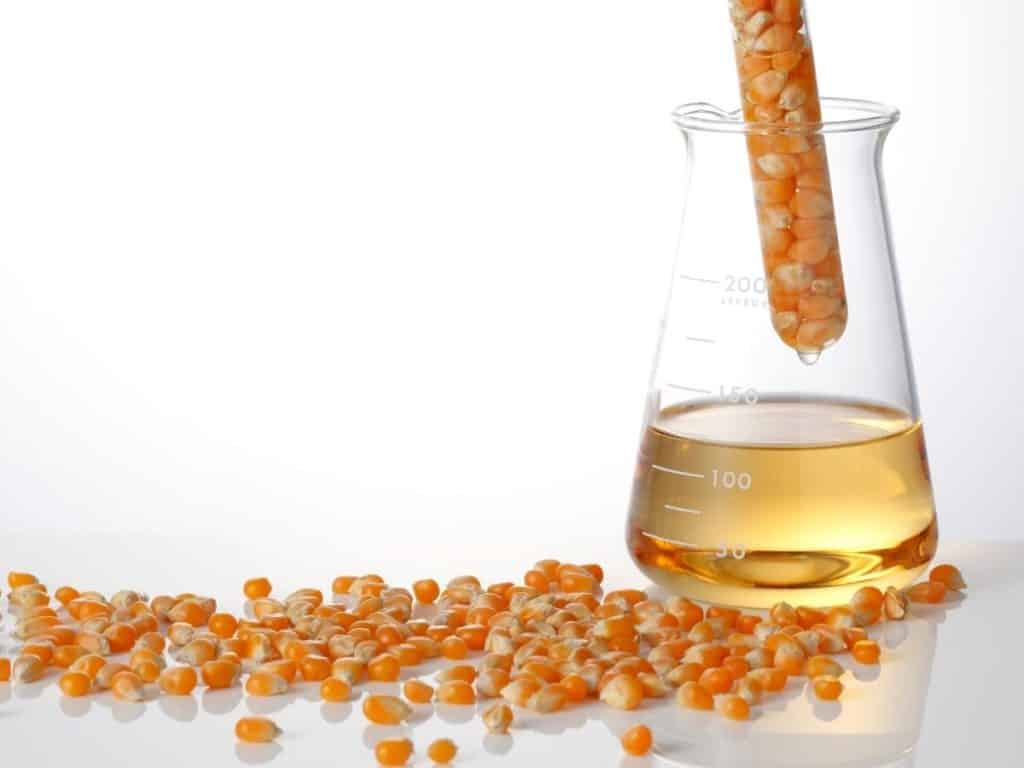The topic of renewable energy is commonplace in our world today. There are various ways to achieve this and decrease our reliance on fossil fuels. Biomass is the renewable source of energy that is becoming more popular, but what is Biomass, and where does it come from?
With new ways to create renewable energy, Biomass is the most abundant and reliable source. This article focuses on:
- Biomass, what is it, and where does it come from
- The varieties and abundance of this renewable fuel source
- How it is converted into energy
- And how sustainable it is for our future
Biomass is readily available energy that can be grown and harvested in some unique ways. What are the advantages/disadvantages of this energy source, and where does it come from? All these questions are answered below!

What Can Be Considered Biomass?
Biomass is considered an animal or plant-based material that can be used as fuel to produce heat or electricity. This new renewable form of energy can lower the carbon footprint in the atmosphere.
Biomass is not limited to trees and plants but can turn a wide variety of materials into this sustainable energy. Plastics, rubber, algae, and manure are just a few Biomass sources.
Dedicated Crops For Biomass
Dedicated Energy Crops are non-food crops that are grown specifically just for Biomass. These crops fall into two categories: Herbaceous and Wood crops.
- Herbaceous crops consist of grasses that take up to 3 years to grow and are harvested annually. Commonly used grasses are bamboo, sweet sorghum, switchgrass, and corn.
- Wood Crops are hardwood trees that can be harvested between 5 to 8 years after planting and include: Silver Maple, Sweetgum, Hybrid Willow, Green Ash, and Black Walnut.
What Are The Main Sources Of Biomass?
The main sources of Biomass are found in various areas and industries. These are agricultural crop residue, forestry residues, wood processing residues, algae, sorted municipal waste, and wet waste.
Agricultural Crop Residue
The abundance of agricultural crop residue makes this a great form of Biomass as it does not need to be specially grown. The stalks, leaves, husks, and cobs from corn and straw from oats, wheat, barley, and sorghum can all be sold to a bio-refinery to be used as Biomass.
Not only does this help with lowering the carbon footprint, but it can also boost the farm’s income, as very little of the crop is wasted.
Forestry Residues
Many trees and tree debris are not used for logging in the forestry industry. The tree limbs, tops, culled or diseased trees, and clearing of overgrown foliage can be collected and used for Biomass.
Wood Processing Residues
The byproducts created in wood processing have very high energy potential, and because they have already been harvested, they are a convenient form of Biomass. Black tar, sawdust, bark, and leaves can be used as an inexpensive form of Biomass.
Algae
Algae use sunlight and nutrients to produce Biomass high in lipids and proteins. The algae Biomass can be converted into biofuels and related products. Algae can be grown in various wastewater types, including municipal, agricultural and industrial wastewater.
Sorted Municipal Waste
Residential and commercial garbage can be turned into Biomass, and collecting this waste will relieve pressure on over full landfill sites. Wastes that can be collected and used as Biomass include garden waste, paper, boards, plastics, and rubber.
Wet Waste
Wet waste such as food, manure slurries, and treated sewerage sludge is very high in organic-bio-solids and can be used as Biomass. The wet waste decomposes in a controlled environment and produces biogas.
Where Is Biomass Used?
Biomass remains an important fuel source in many developing countries as it is used for heating and cooking. Biomass for electricity generation and transportation is rising in modern countries to reduce their carbon emissions. The following methods are used to convert Biomass to energy:
Burning Biomass For Heat
The burning of Biomass is a common method to create heat. This energy can supply heat to buildings or boil water to create steam for steam turbines to generate electricity.
Manufacturing Fuels From Biomass
Manufacturing of Biomass fuels can be done chemically, organically, and with heat and pressure. Below are the manufacturing processes:
Thermochemical
Thermochemical conversion is a thermal decomposition method in which Biomass is converted into fuels. Thermochemical conversion is accomplished by heating Biomass in pressure vessels and introducing oxygen. There are three Thermochemical processes.
- Pyrolysis produces charcoal, bio-oil, methane, and hydrogen
- Hydro-treating produces renewable diesel, petrol, and jet fuel
- Gasification produces syn-gas (synthesis gas), which can be used in diesel engines and gas generators for electricity
Transesterification
Transesterification is a chemical process that changes animal/vegetable fats and greases into Fatty Acid Methyl Esters. Transesterification is accomplished by adding enzymes to break down the Biomass, producing Bio-diesel.
Biological
The biological conversion uses fermentation to convert Biomass into ethanol which can be added to vehicle fuel and marketed as Bio-gas. Many petroleum companies add 10-15% ethanol to their fuel.
Advantages Of Biomass
The three main advantages of Biomass are:
- Renewability is the key in Biomass, so plants and woods are ideal for this purpose as we can regrow them. Deforestation must be prevented by replanting and replenishing what has been used.
- We can achieve a low-carbon footprint with Biomass. Unlike fossil fuels (coal, oil) that release excess carbon into the atmosphere, Biomasses only release carbon that the plant has absorbed during its lifetime. The carbon released from this Biomass forms part of a natural carbon cycle.
- Biomass can assist in the reduction of waste in landfills as much of the waste we produce is biodegradable and can be turned into methane gas.
Disadvantages Of Biomass
The adverse effects of Biomass are:
- The major cost of Biomass is the harvesting and growing of the materials. Other forms of renewable energy are more cost-effective as they rely on energy from the sun or wind. Biomass is still less expensive than mining or drilling for fossil fuels such as coal or gas.
- More land will have to be set aside for the growing of Biomass as the demand rises, but crop numbers will decrease as less land is available for food production.
- The inefficiency of Biomass is noticeable when compared to fossil fuels. Most bio-fuels have fossil fuels added to them to make them more efficient.
What Is The Future Of Biomass?
Although the future of Biomass is unclear, it will form some part of the sustainable energy sector, as it can be replenished and has a wide variety of uses.
Research and development in the Biomass field are growing rapidly in the search for a future sustainable fuel source.
References




